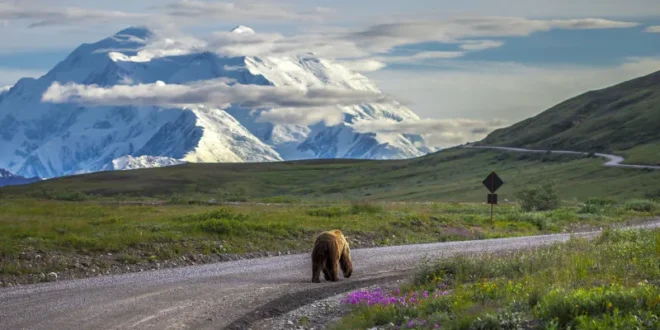By Suri Zheng
The preservation of wildlife is a paramount concern in the face of escalating environmental challenges. Two key strategies employed for wildlife protection are National Parks and Wildlife Refuges. While both aim to safeguard biodiversity, they differ significantly in their objectives, management approaches, and permissible human activities. These differences lead to their unique contributions to the conservation of wildlife.
National Parks are established primarily for the conservation of natural landscapes, ecosystems, and cultural heritage for human enjoyment. While wildlife protection is integral, it shares space with the broader goal of preserving the overall natural and cultural integrity of the designated area. In contrast, Wildlife Refuges are expressly created to provide a safe haven for wildlife. The primary focus is on creating habitats and conditions conducive to the well-being and flourishing of specific species.
National Parks typically have stricter regulations regarding human activities. The emphasis is on preserving the pristine nature of the environment, and activities such as hunting, fishing, and resource extraction are often restricted. On the other hand, Wildlife Refuges may permit carefully regulated activities such as hunting or fishing to control population levels and maintain ecological balance. The management strategies for each type of reserve reflect their distinct conservation priorities.
National Parks encompass a wide range of ecosystems, including forests, mountains, and wetlands. The goal is to protect diverse landscapes and the species that inhabit them. Wildlife Refuges, while also diverse, may be more specialized, focusing on specific habitats crucial for particular species. This specialization allows Wildlife Refuges to provide targeted support for at-risk or endangered species.
National Parks are often designed for public access and recreational activities, including hiking, camping, and education. Visitor engagement is encouraged to foster a connection between people and nature. In contrast, Wildlife Refuges may limit human access to specific areas, prioritizing the undisturbed habitats necessary for wildlife survival. Educational programs in Wildlife Refuges often focus on the importance of minimizing human impact on sensitive ecosystems.
National Parks typically receive federal funding and are managed by national government agencies. Wildlife Refuges may be managed by federal, state, or private entities and often rely on a combination of public and private funding. The administration of each type of protected area reflects the distinct priorities and goals set by the managing entities.
In conclusion, National Parks and Wildlife Refuges represent distinct but complementary approaches to wildlife protection. While National Parks aim to conserve diverse ecosystems and cultural heritage, Wildlife Refuges specialize in providing sanctuaries for specific species. Both National Parks and Wildlife Refuges play vital roles in preserving the natural world for future generations.
 Tempus Magazine By Students, For Students
Tempus Magazine By Students, For Students 



